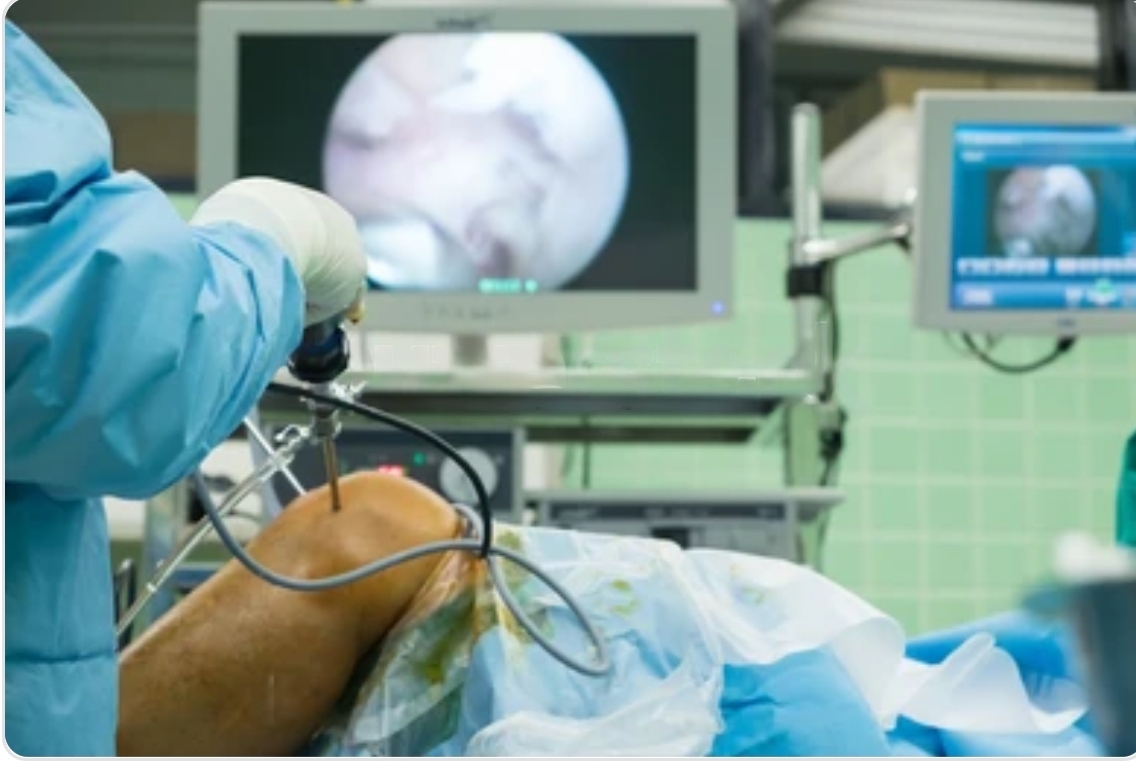
The Anterior Cruciate Ligament (ACL) is one of the key ligaments that helps stabilize your knee joint. ACL injuries are common among athletes in sports that require sudden stops and changes in direction. In this blog, we’ll explore the details of ACL surgery, including when it’s needed, how it’s performed, and what recovery looks like.
What is the ACL and Why is it Important?
The ACL is one of four major ligaments in the knee that connect the femur (thigh bone) to the tibia (shin bone). It is crucial for providing stability in the knee and is most commonly injured during sports that involve sudden stops and quick changes in direction, like basketball, soccer, and skiing.
Symptoms of an ACL Injury
An ACL injury is typically accompanied by:
- A loud “pop” sound at the time of injury
- Severe pain and inability to continue activity
- Rapid swelling
- Loss of range of motion
- A feeling of instability or “giving way” with weight bearing
When is Surgery Necessary?
Not all ACL injuries require surgery. The decision is based on several factors, including the severity of the injury, the patient’s age, activity level, and the presence of other knee injuries. Surgery is more likely to be recommended for:
- Athletes who wish to return to their sports
- Patients with combined injuries (e.g., ACL plus meniscus)
- Those experiencing knee instability during everyday activities
Surgical Options
The goal of ACL surgery is to replace the torn ligament with a graft to mimic the original ACL. There are several options for the graft source:
- Autografts (from the patient’s own body), typically taken from the patellar tendon, hamstring tendon, or quadriceps tendon.
- Allografts (from a deceased donor), used in patients who prefer not to have tissue removed from another part of their body.
The Procedure
ACL reconstruction surgery is performed arthroscopically, meaning it is minimally invasive with small incisions. During the procedure:
- Small incisions are made around the knee.
- An arthroscope (a small camera) is inserted to provide a clear view inside the knee.
- The damaged ACL is removed and the graft is prepared.
- The graft is then secured in place using screws or other devices to hold it in the bone tunnels, allowing new tissue to grow into the graft.
Recovery and Rehabilitation
Recovery from ACL surgery involves several stages:
- Immediate Post-Op: Focus on reducing swelling and pain while protecting the graft.
- Rehabilitation: Begins with gentle range-of-motion exercises, gradually advancing to strengthening exercises.
- Return to Sport: Specific training to return to sports, which typically starts around 6 months post-surgery but can vary.
Conclusion
ACL surgery is a common and effective treatment for restoring knee stability and function after an ACL tear, particularly for those who are active and wish to return to high-level activities. It requires a commitment to a rigorous rehabilitation process, but with proper care, most patients return to their pre-injury level of activity.




